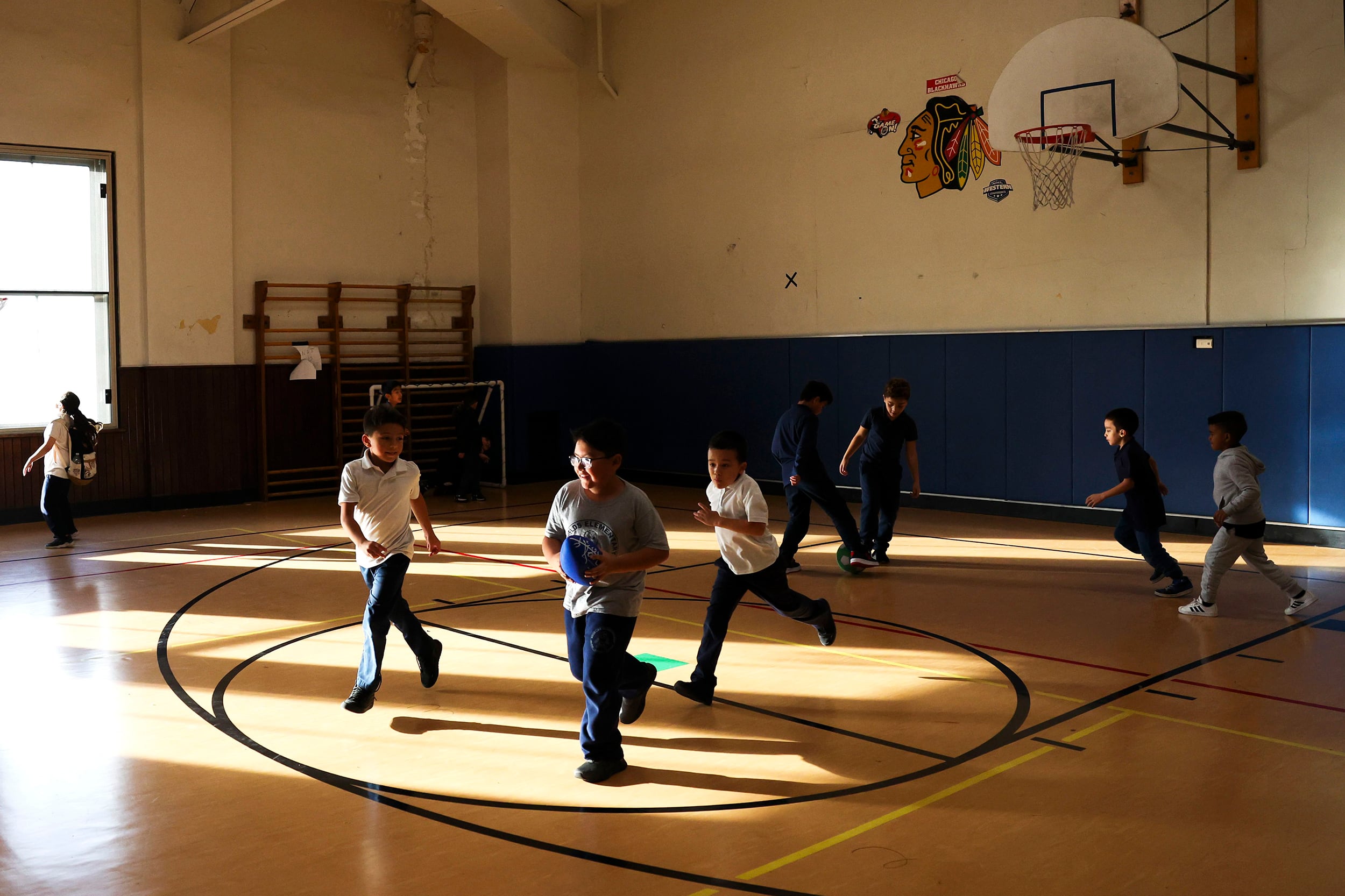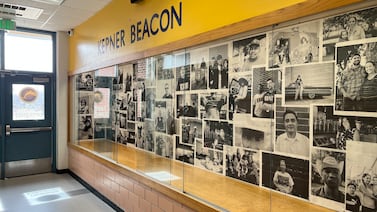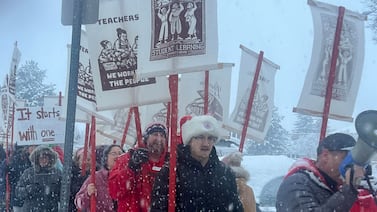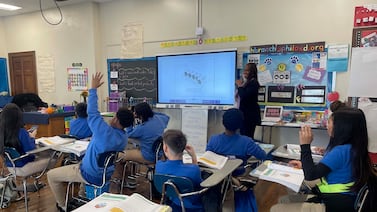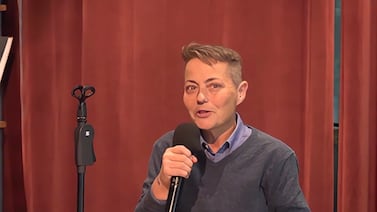Sign up for Chalkbeat Chicago’s free daily newsletter to keep up with the latest news on Chicago Public Schools.
A Chicago Public Schools elementary and a charter school the district saved from closure could share a building under a plan officials are considering.
The Acero Cisneros campus in Brighton Park, which the district is in the process of absorbing this year, could move to the nearby Shields Elementary building, according to a letter to the Shields community from Conrad Timbers-Ausar, CPS’ acting chief portfolio officer. He said officials are weighing the move ahead of a Dec. 1 state deadline to announce school actions, such as closures or moves. The schools would share the campus but retain separate principals, staff, and students.
The Chicago school board made the unprecedented decision last February to transform five schools in the Acero charter network into district-run schools rather than let their operator shutter them. District officials budgeted $20 million dollars this school year to fund the transition. All but one of these campuses saw enrollment losses this fall that added to earlier declines.
Enrollment at Shields has also shrunk dramatically over the past decade as slowing immigration, falling birthrates, and gentrification have put pressure on enrollment at majority-Latino elementaries in Chicago. Shields serves about 390 students this fall, down from more than 1,000 in 2015. Cisneros has roughly 230 students, down from 560 a decade ago.
A district spokesperson said in a statement that the 70-year-old former Catholic school building Acero Cisneros currently occupies has three age-related concerns, including “severe water infiltration and drainage failure” that has caused irreparable damage to the gym floor, as well as gas and water leaks and odor emissions from an underground storage tank by the school’s boiler. Some of the facility concerns at Cisneros were discussed by the school board last spring and its initial plan was to save just four Acero campuses and let Cisneros close.
All of the Acero campuses being absorbed by CPS are in buildings owned by the Archdiocese of Chicago. Earlier this year, the Acero Santiago campus was put up for sale, but has since been pulled off the market.
In his letter to families, Conrad-Ausar said the Cisneros principal and advisory council approached CPS and requested a possible colocation for the 2026-27 school year. The district zeroed in on Shields because of its proximity, he said. The schools are a five-minute drive or 15-minute walk apart.
“As part of our District’s commitment to ensuring a high-quality education for every student, CPS will review the proposal,” Conrad-Ausar wrote, adding that the district will weigh enrollment patterns, cost, impact on the school communities, and other factors.
After losing about 70,000 students over the past decade, CPS faces a growing number of aging, underutilized school buildings. In the past, the district frequently colocated district-run and charter schools in the same building. But there are fewer of these arrangements today and they have at times drawn criticism for pitting the two schools in a competition for students. Community advocates for Bowen High School, for instance, have argued that its colocation with a charter school contributed to enrollment losses at the small school.
The district is hosting a meeting with Shields families to get their input on the colocation proposal at 3:45 p.m. Wednesday on the school’s campus. It is also inviting input via email at transitions@cps.edu.
The district spokesperson said if the proposal is advanced, both schools will be notified by Dec. 1 and more community meetings and a public hearing will be held in January.
This story was updated to include more information from Chicago Public Schools about the condition of the Cisneros facility.
Becky Vevea contributed reporting.
Mila Koumpilova is Chalkbeat Chicago’s senior reporter covering Chicago Public Schools. Contact Mila at mkoumpilova@chalkbeat.org.

